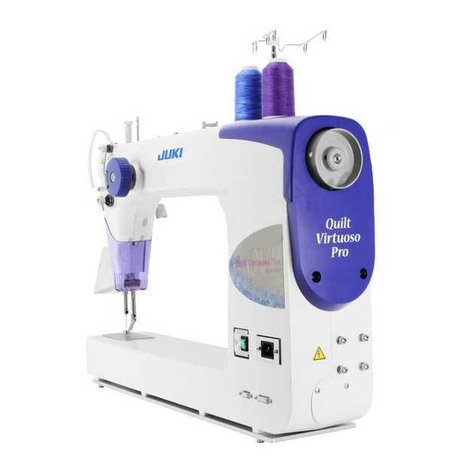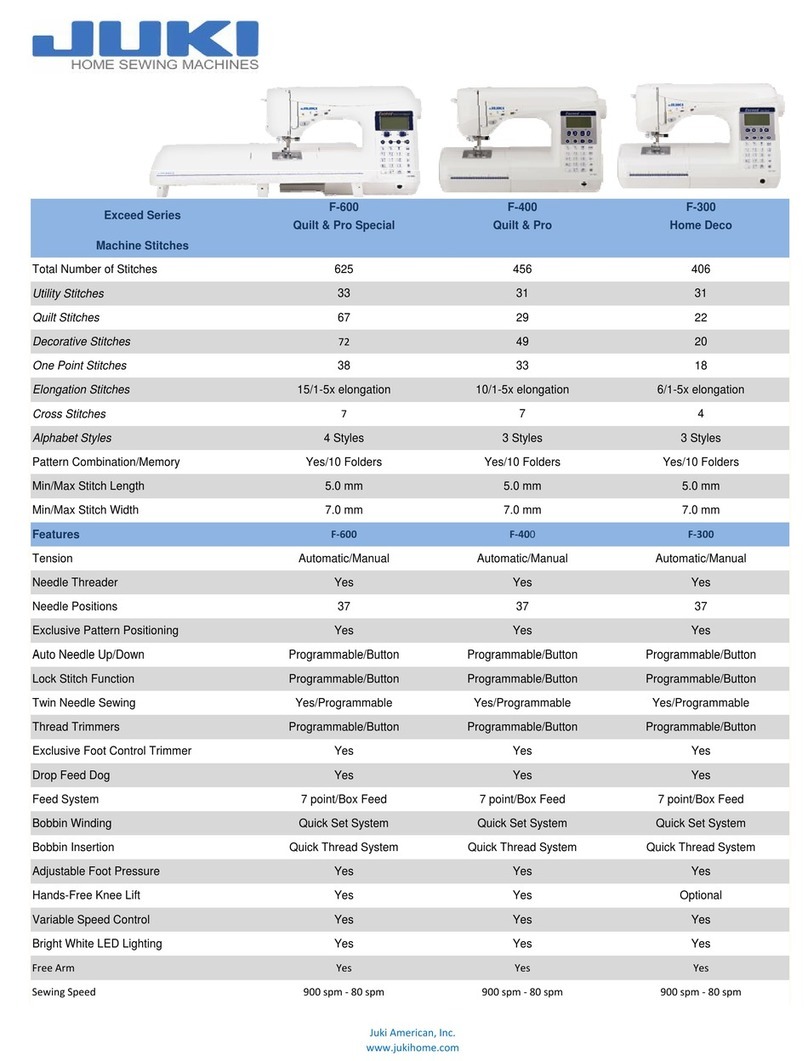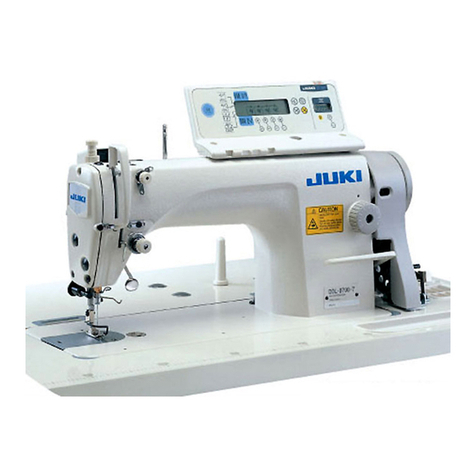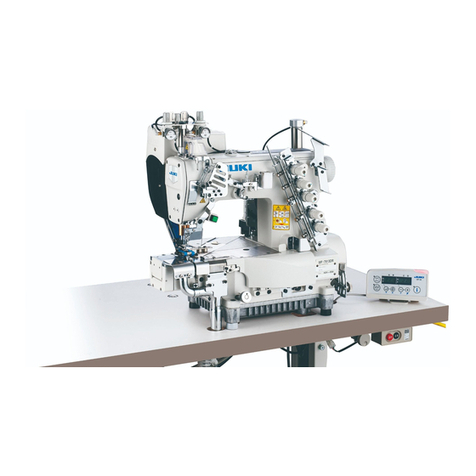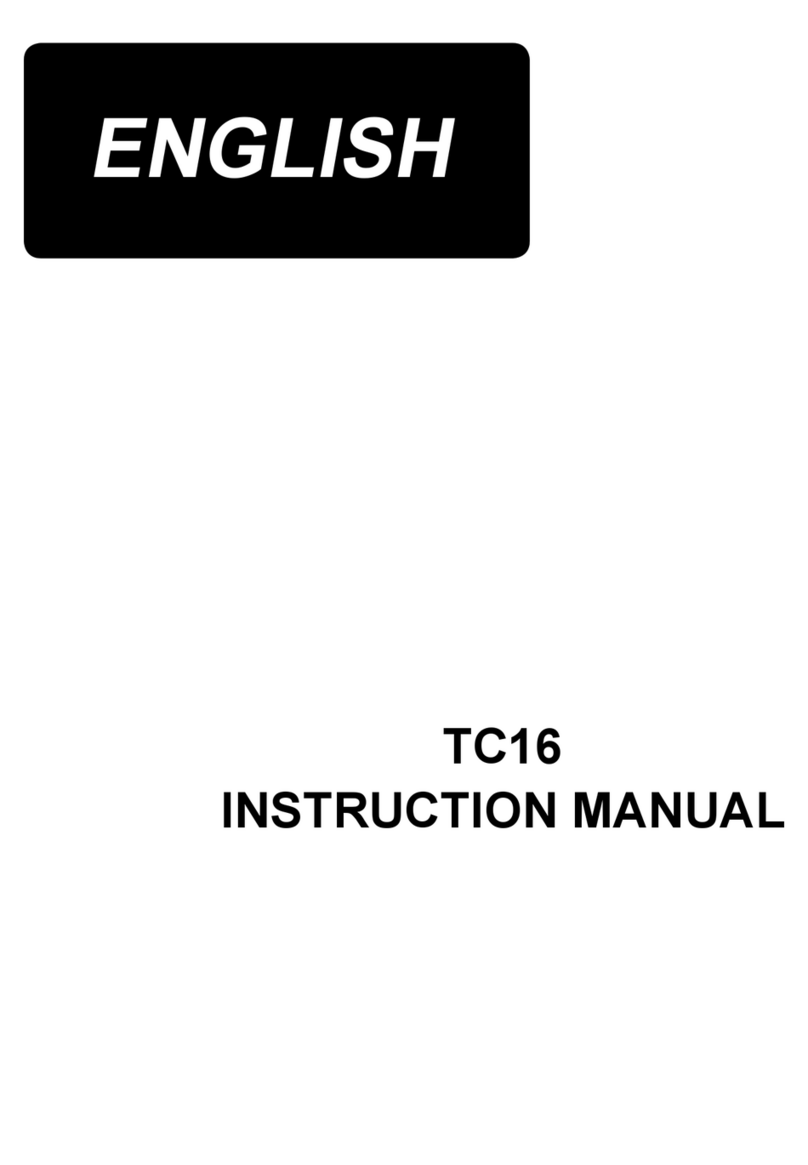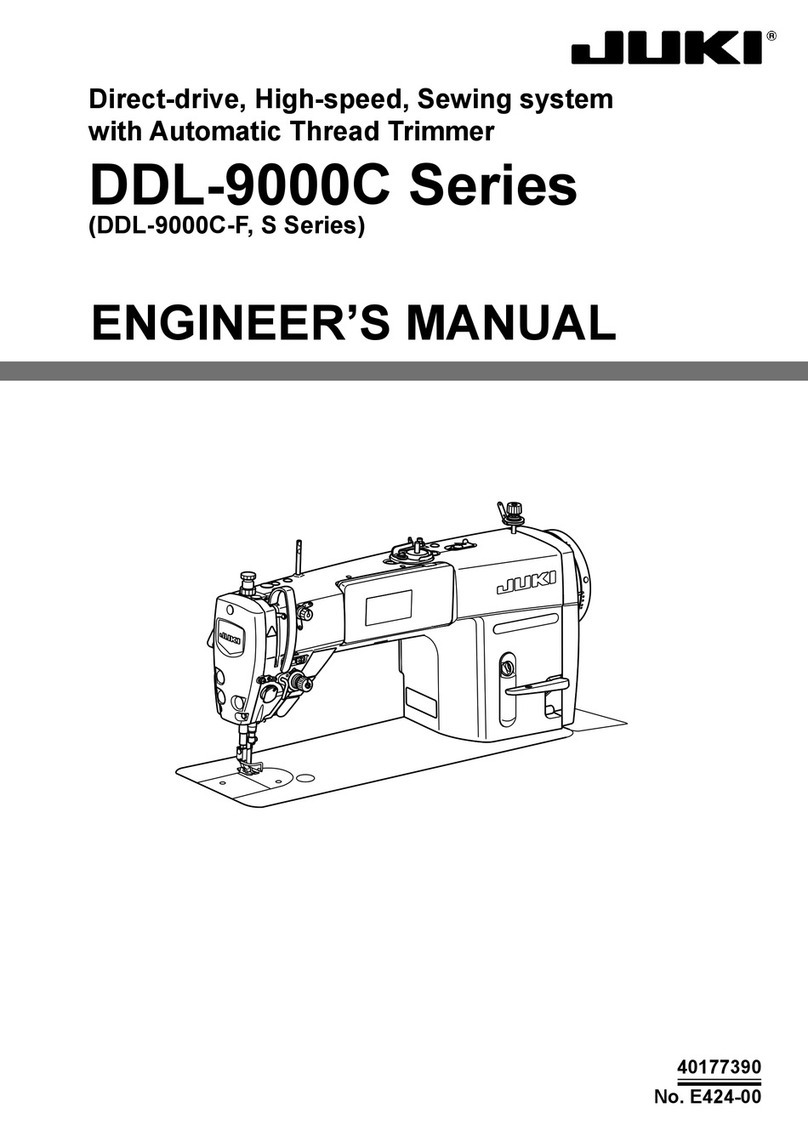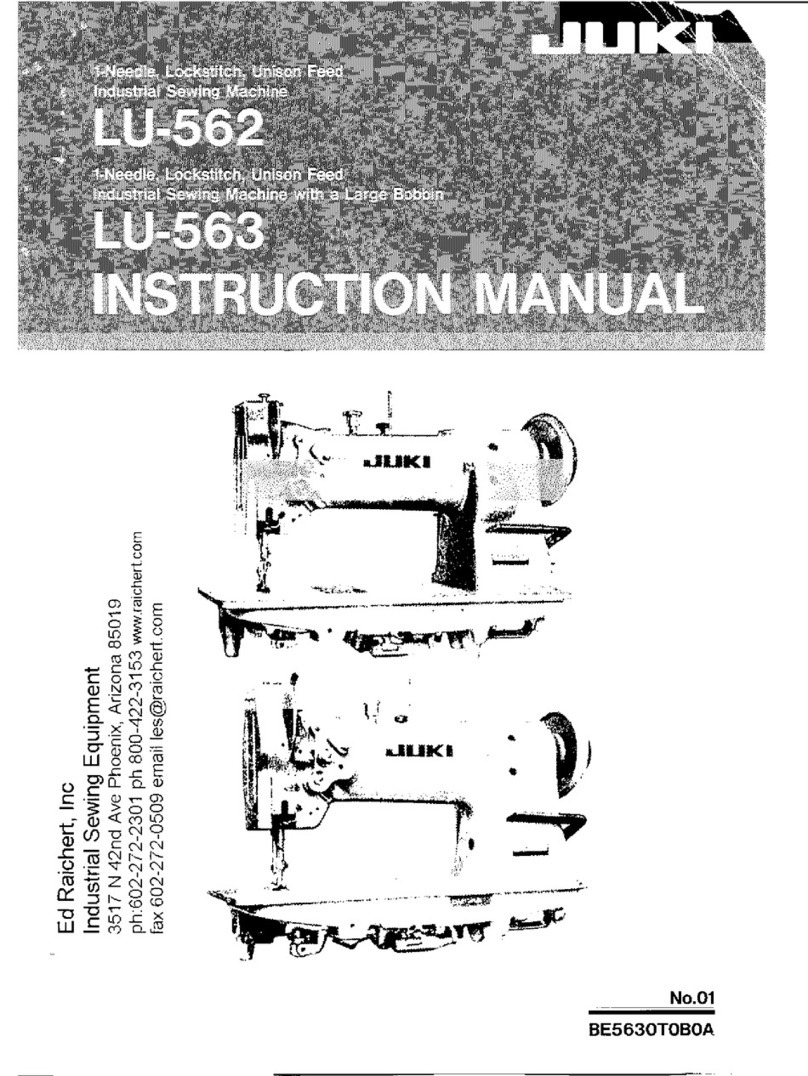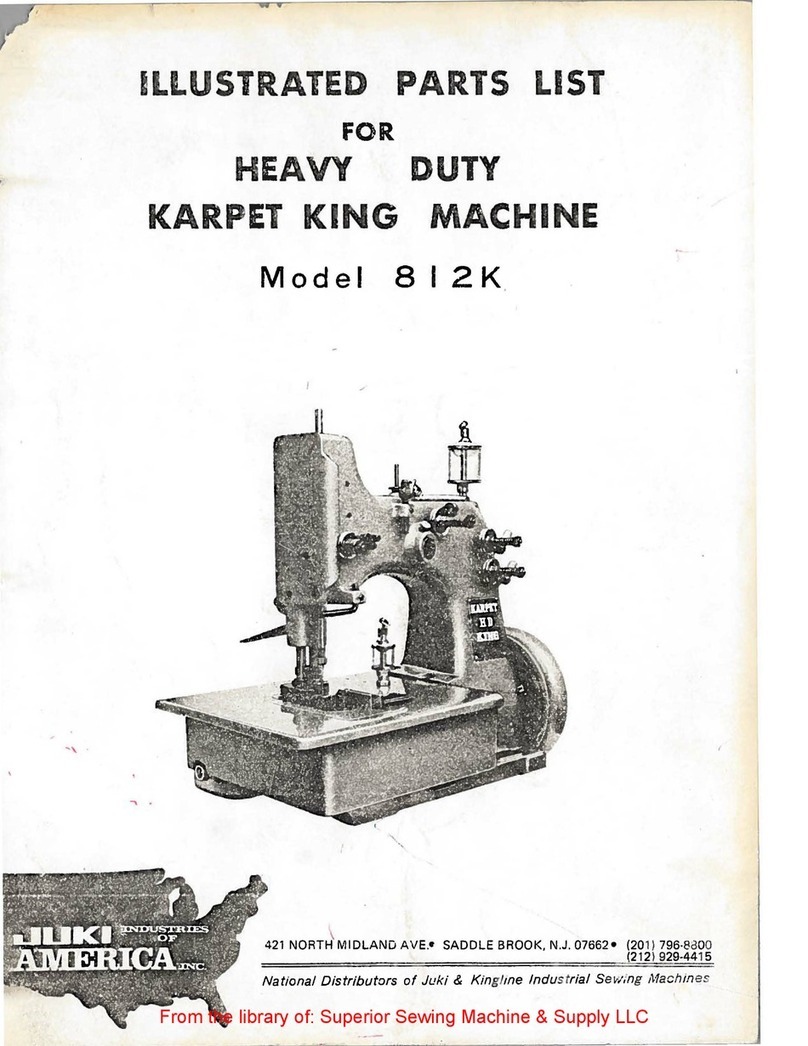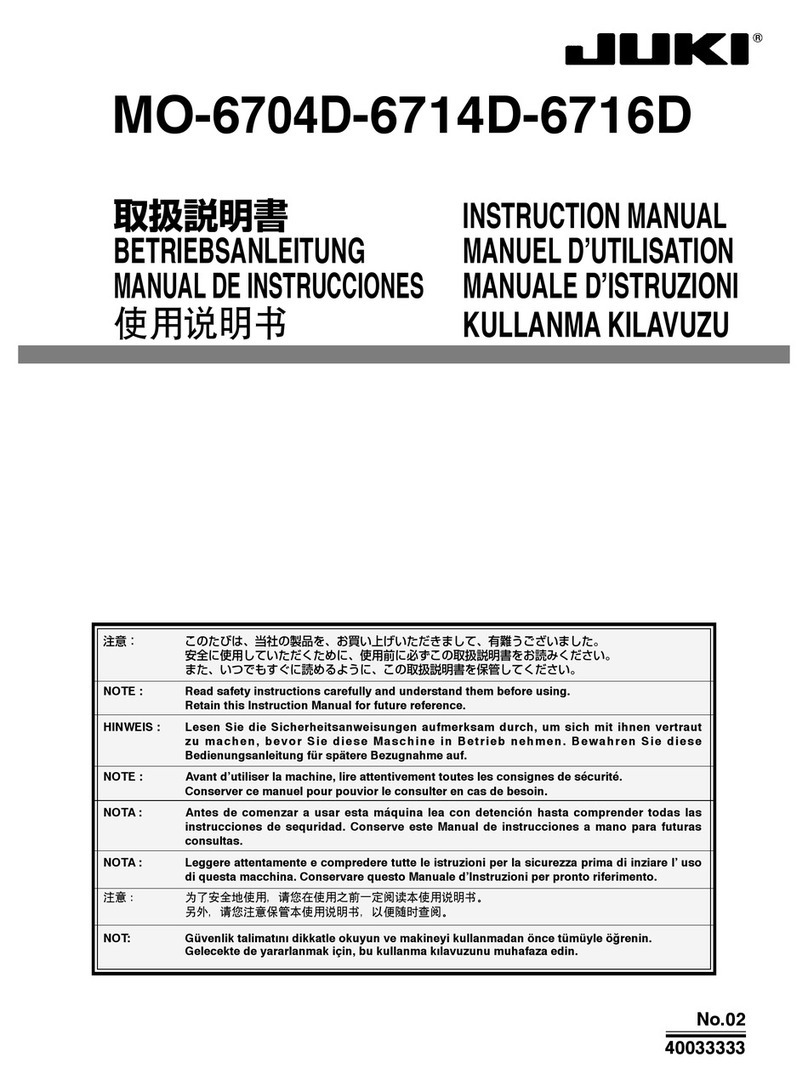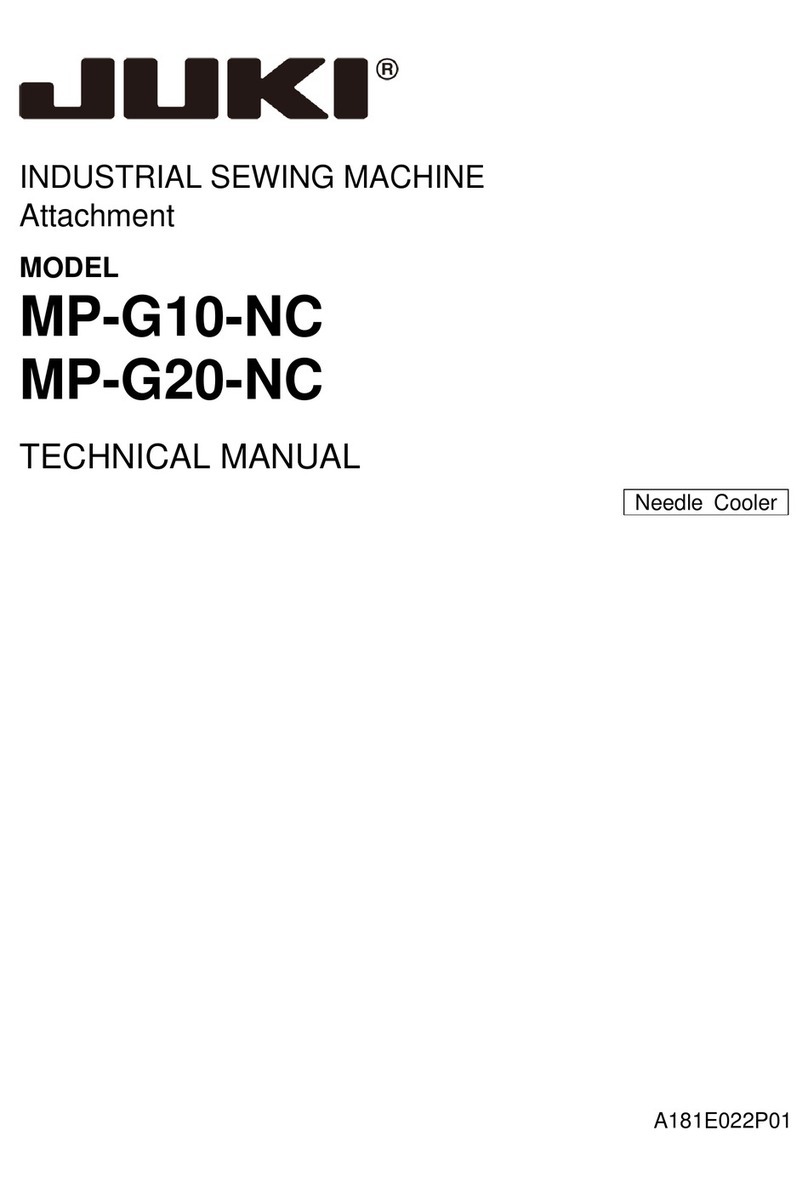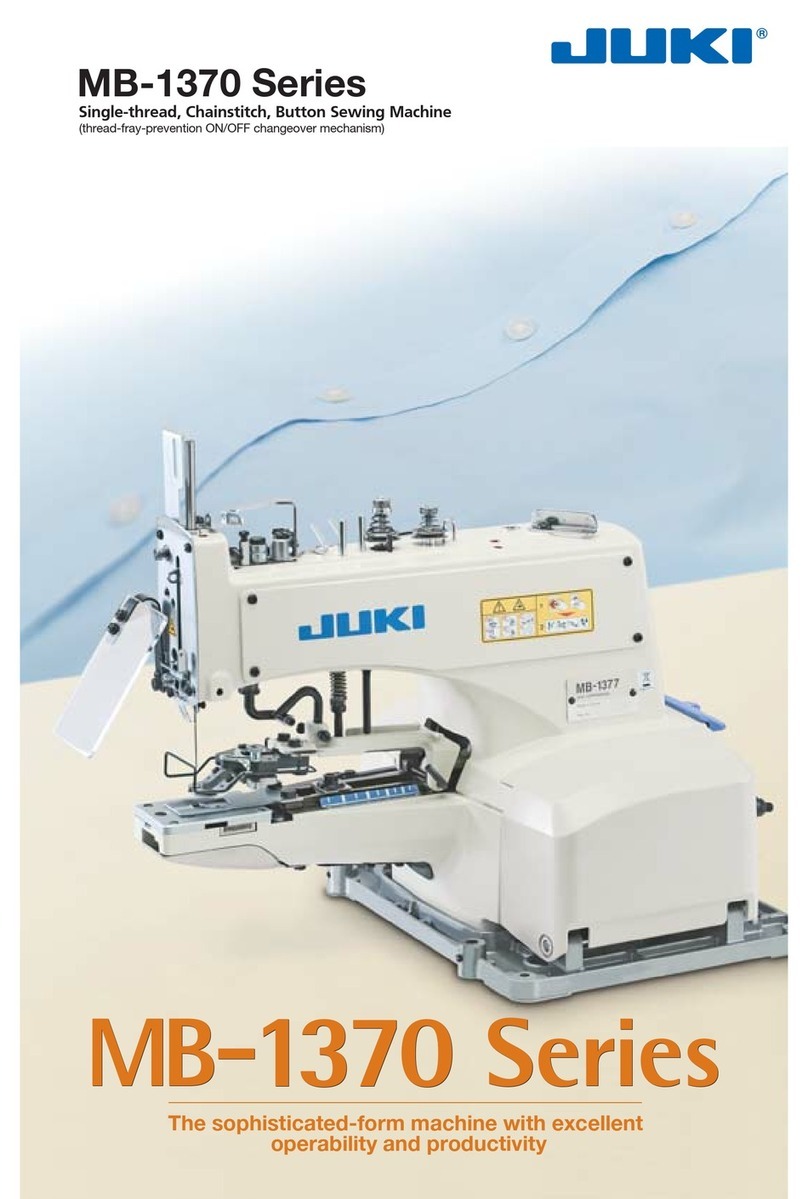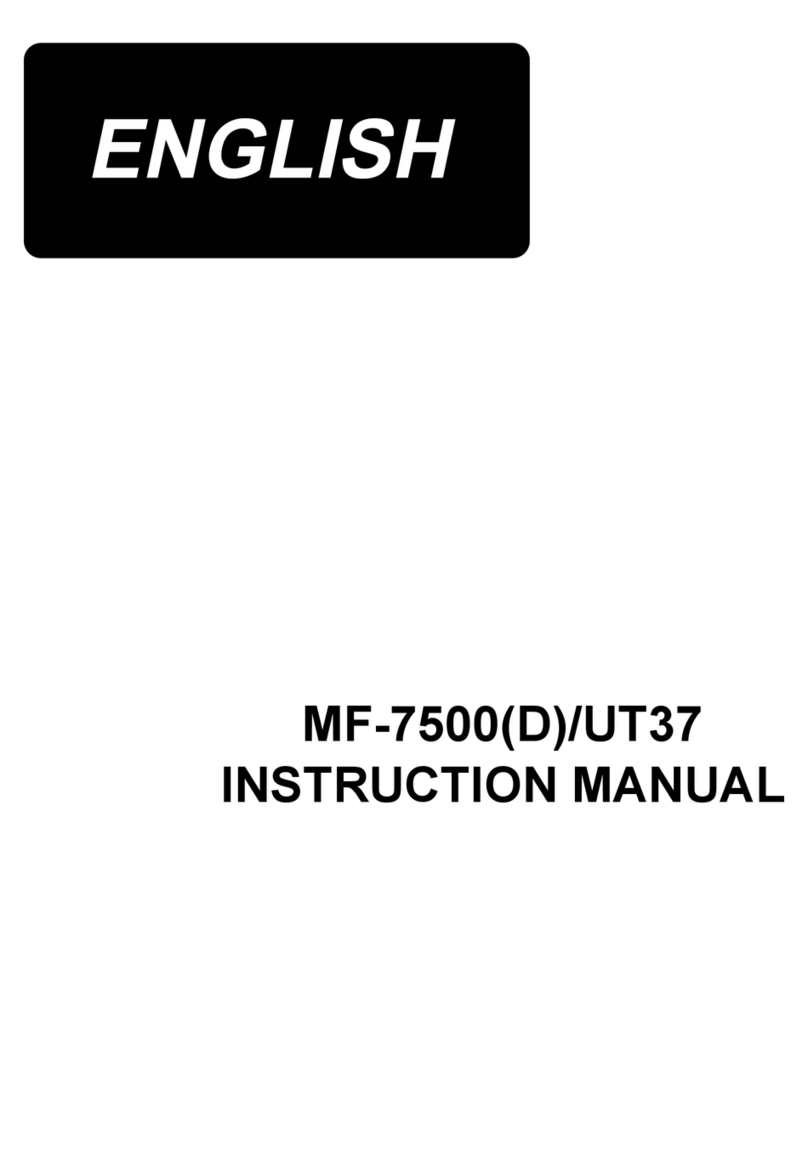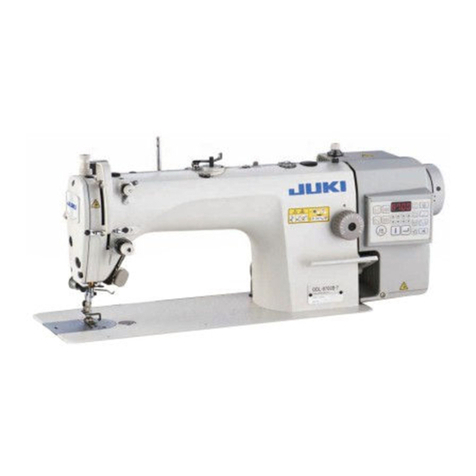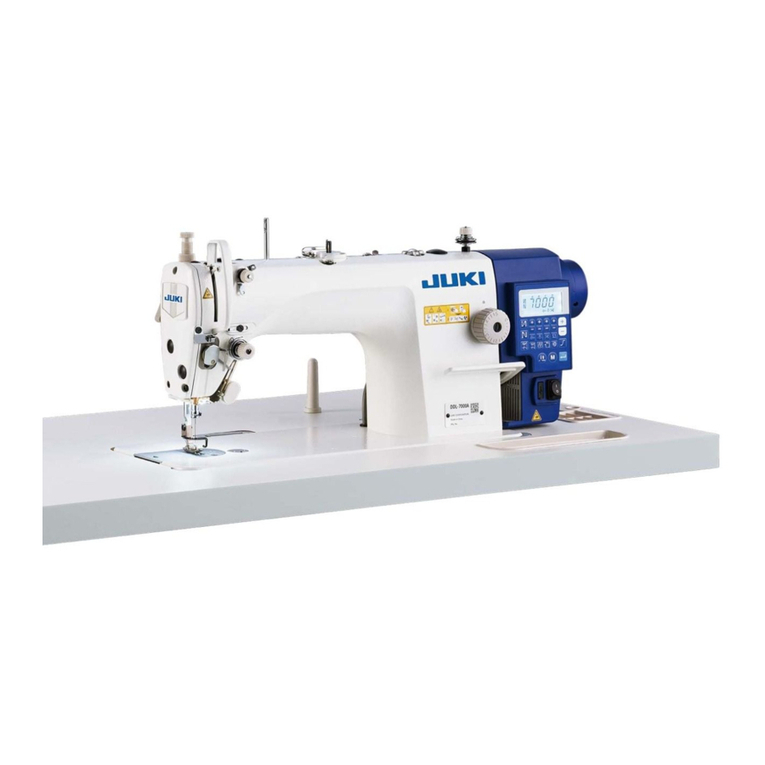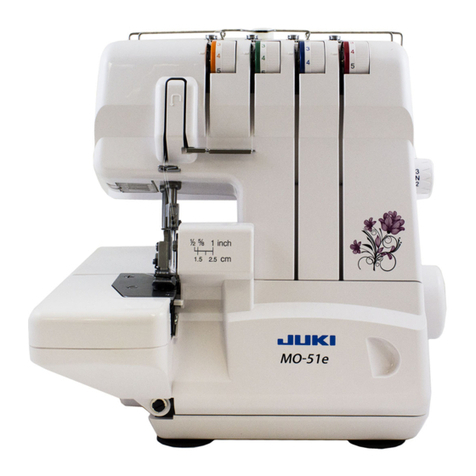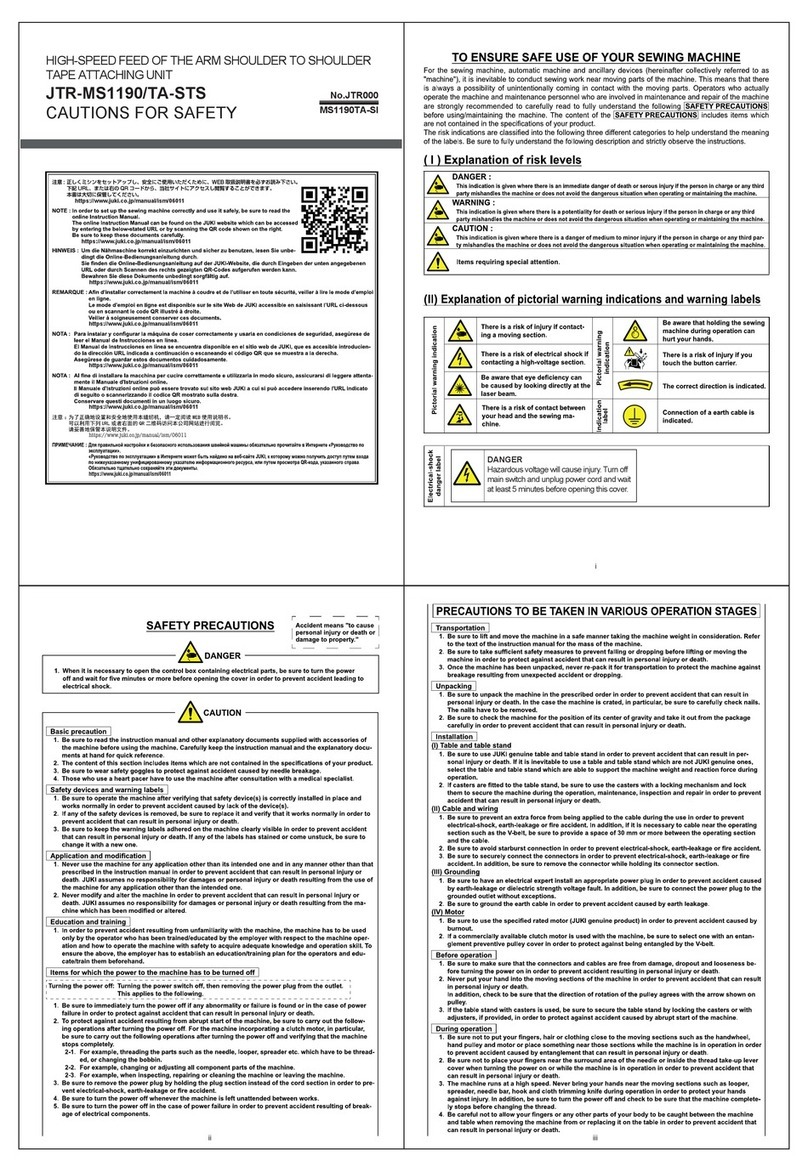
ii
4-5. Adjusting the sub clamp ........................................................................................................ 36
(1) Adjusting the cloth plate.......................................................................................................36
(2) Adjusting the presser plate ..................................................................................................36
(3) Adjusting the sub-clamp pressure .......................................................................................37
4-6. Adjusting the stacking board of the stacker ........................................................................38
4-7. Preventive measure against the material dropping during stacking................................. 38
5. OPERATION.............................................................................................................. 39
@. OPERATION............................................................................................ 41
1. HOW TO USE THE OPERATION PANEL................................................................. 41
1-1. Conguration of the operation panel....................................................................................41
1-2. Basic operation of the sewing machine ...............................................................................43
1-3. LCD under the AC mode......................................................................................................... 44
(1) AC data input screen ...........................................................................................................44
(2) Automatic sewing screen.....................................................................................................45
(3) Manual sewing screen.........................................................................................................46
1-4. Selecting the AC pattern ........................................................................................................ 47
1-5. Carrying out re-sewing........................................................................................................... 48
1-6. Winding bobbin thread........................................................................................................... 50
(1) Winding the bobbin..............................................................................................................50
(2) Adjusting the amount to be wound on a bobbin...................................................................50
1-7. Using the counter ................................................................................................................... 51
1-8. Registering a new AC pattern ................................................................................................ 52
(1) Carrying out the equal-interval input.................................................................................... 52
(2) Carrying out the individual input ..........................................................................................53
1-9. Copying the AC pattern .......................................................................................................... 54
1-10. Changing over the garment type between men's and ladies' garments............................ 55
1-11. Changing over the pair-stack ................................................................................................ 56
2. OPERATING AND OPERATION SETTING METHODS FOR DISCRETE SEWING MACHINE .....................57
2-1. Input of the presser type ........................................................................................................ 57
(1) Setting procedure of the presser type .................................................................................57
(2) Table of presser type ...........................................................................................................58
2-2. Performing pattern selection ................................................................................................. 58
(1) Selection from the pattern selection screen ........................................................................58
(2) Selection by means of the register key................................................................................ 58
2-3. Changing needle thread tension ...........................................................................................59
2-4. Performing re-sewing ............................................................................................................. 60
2-5. Using the initial value pattern................................................................................................ 61
2-6. Standard sewing shape list.................................................................................................... 62
2-7. Changing sewing data............................................................................................................ 63
(1) Initial sewing data at the time of your purchase ..................................................................63
(2) Changing procedure of sewing data....................................................................................63
2-8. Method of setting sewing data with/without edit .................................................................64
2-9. Sewing data list....................................................................................................................... 65
2-10. Copying sewing pattern ......................................................................................................... 71
2-11. Using pattern register key...................................................................................................... 72
(1) Method of register................................................................................................................72
(2) Register status at the time of your purchase ....................................................................... 72
2-12. Using parameter register key ................................................................................................ 73
(1) Method of register................................................................................................................73
